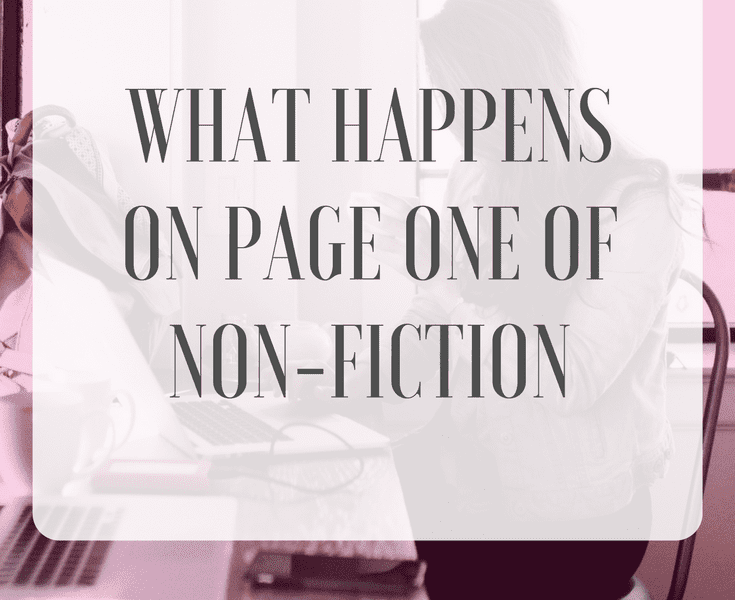Page one. No pressure, but you know you have to hook your reader right away. Yikes! So how do you start?
I like to tell my clients that it’s more about the reader than about you or the topic. You want to start out letting them know that this book is definitely for them. Think about what would make you want to read the book that you are writing. Are you guiding someone through a difficult time? Do you want them to know that there is light at the end of the tunnel? Maybe you want to make sure that they know you understand the journey by pointing out exactly where they are now and what drove them to seek help.
Whatever that need is, identify it, and use it to guide you through that first chapter. It will help you connect with your reader better if you know what they are thinking.
Here are a few ways that you can handle your first page to do just that.
- Backstory – Talk about why you are the best person to tell this story or guide them on this journey. Be humble, of course, but let the reader know your expertise in the topic in a gentle way. (Bullet points with your credentials are frowned upon, by the way.) Usually, this part is a story about how you got to where you are today and how what you learned along the way can be helpful to your reader.
- The Why – Let the reader in on what motivated you to write this book. More than likely, you experienced something that you wish you had more guidance on, and that inspired you to pen your thoughts and guidance. For example, I started coaching writers because I don’t want anyone to spend years working on a manuscript, wondering if it’s good enough. I want writers to have the confidence that their book is the best they could possibly do.
- Reflection – Tell the reader where you are today and look back on the journey that got you here. This is typically when you have come out on top or seen some sort of success after overcoming an obstacle. Show the reader where you stand. Let them feel how good it is on the other side of the struggle. You give them hope when they see that it can be done!
- Summary – Give the reader a basic overview of the book so they understand the layout and what they are supposed to do with it. Even if you have a fairly straightforward layout, you may want to address what the reader can expect from your book. Are they prompted with lots of questions to address in their personal journals? Are there sections in each chapter devoted to tools and references that supplement what you wrote? Does your book break into a story portion and a workbook portion? Let the reader know right away so they can easily follow what’s going on.
- Pain Points – Talk about why the reader is there to begin with. Commiserating with the reader will definitely let the reader know that you know where they’ve been. You know the journey they are on. You know the struggle. And you have definitely come through to a better place. Let them know that you’ve been there.
You can combine these ideas to make for a strong first chapter and help the reader feel like they chose the best guide possible to help them out. Whatever you do, speaking directly to the reader is a great way to build that connection.

